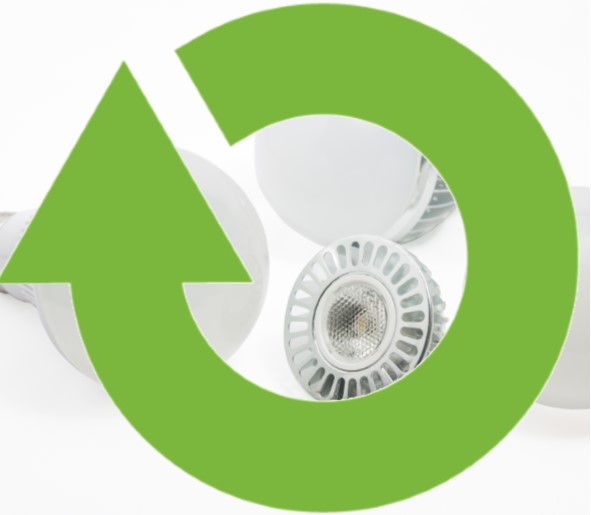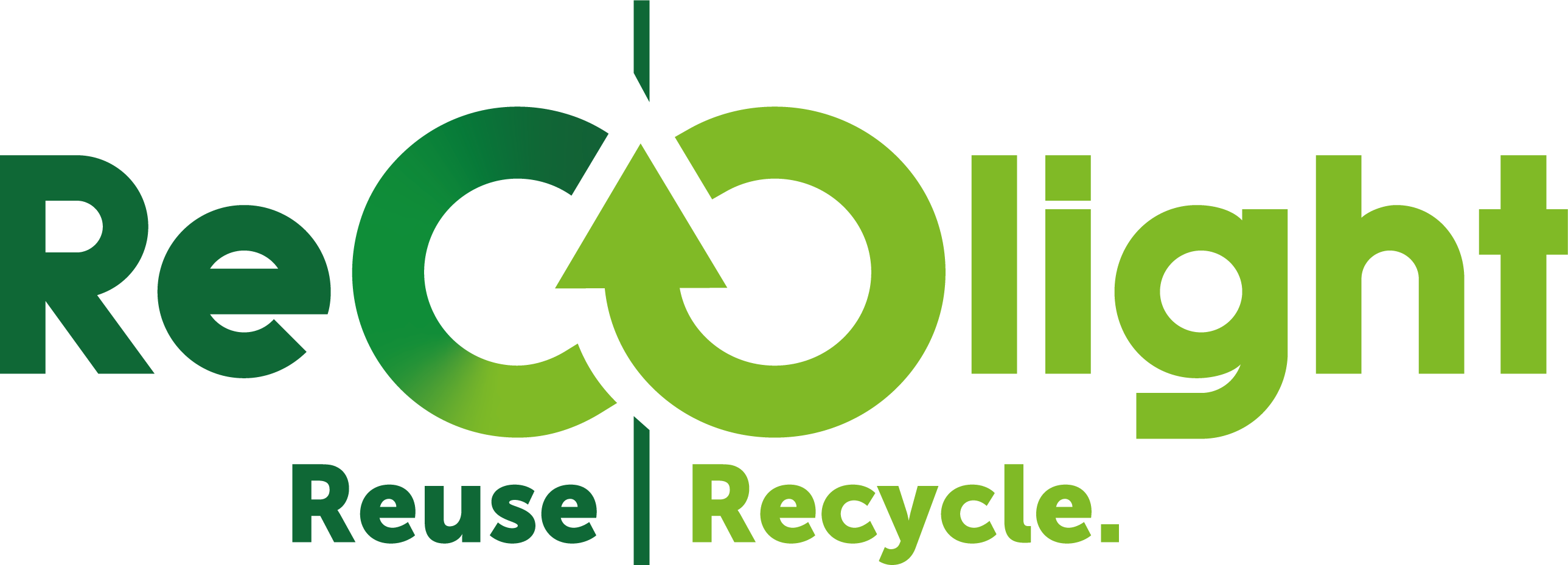challenges of recycling LED lamps
 The rapid change from fluorescent to LED is yet to impact the recycling sector. When it does, the sector faces considerable challenges. Fluorescent lamp recycling today produces high recovery rates. The number of different materials used is relatively small and recycling yields 80-90% of materials.
The rapid change from fluorescent to LED is yet to impact the recycling sector. When it does, the sector faces considerable challenges. Fluorescent lamp recycling today produces high recovery rates. The number of different materials used is relatively small and recycling yields 80-90% of materials.
The flexibility and adaptability of LED technologies has allowed manufacturers to produce LED lamps using a myriad of different construction techniques, materials, and designs. This huge variability, whilst wonderful for the designer and the customer, creates real challenges for the recycler.
The massive range of materials used by different manufacturers means that high recovery rates associated with fluorescent technologies are going to be very hard to achieve.
Technologies are needed that will break LED lamps up into smaller pieces (ideally the components of which they are made) and can then separate those components into fractions comprising similar materials.
Of the 6200 tonnes of waste lamps collected in 2016, only around 1% were LED. That small percentage is one of the reasons that waste LED lamps and waste gas discharge lamps are collected in the same containers. The other principal reason is that research has shown that most consumers cannot reliably differentiate between different technologies
Considerable work needs to be done to establish recycling methodologies but there is still time to get it right, before large tonnages start to arise.
Recolight is a founder member of EucoLight, the European Association for lighting WEEE compliance schemes, a trade association which brings together Europe’s leading WEEE schemes specialised in the lighting sector. EucoLight are working to seek solutions for this challenge.

